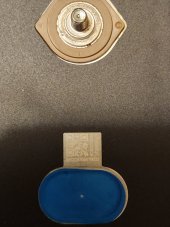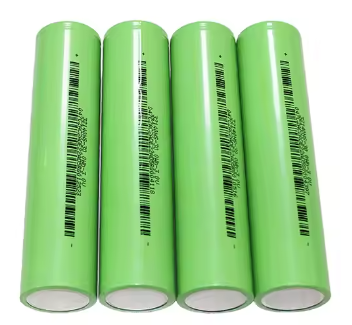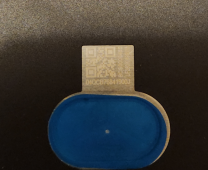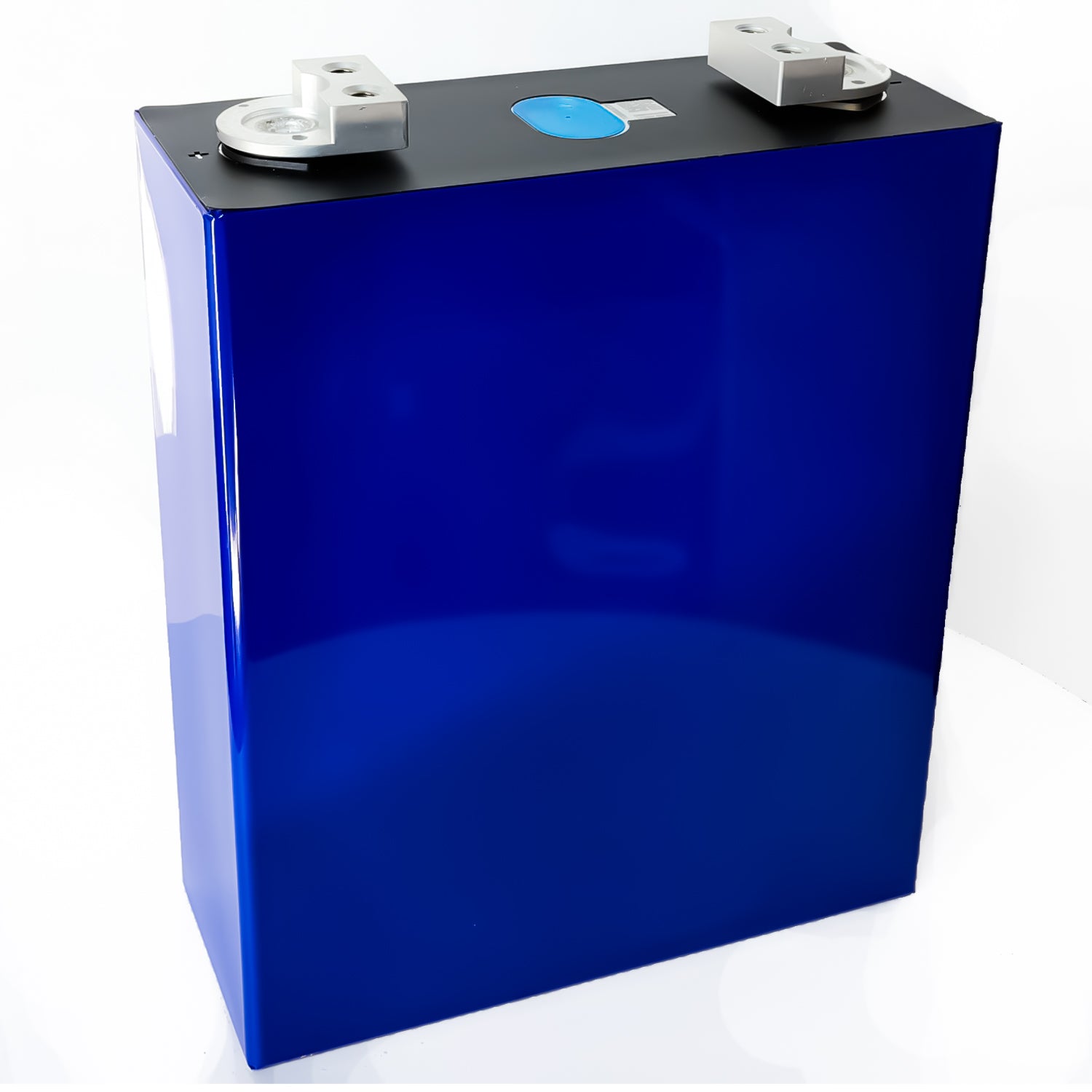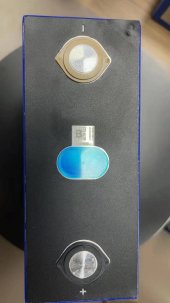apctjb
Solar Enthusiast
- Joined
- Jun 16, 2020
- Messages
- 480
Below is the QR code for EVE 280K cell I recently received. Curious to hear from folks that have figured out the code if this is an A grade or B grade cell and when manufactured.
The deeper question, for solar storage application with relatively low C rates and maintaining SOC between 30-90% does A vs B grade really matter (other than cost). My gut tells me that on a $/kwhr basis you might be money ahead with B cells , but have not done the analysis to verify that ....yet.
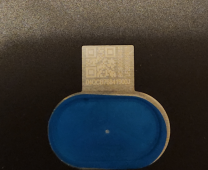
The deeper question, for solar storage application with relatively low C rates and maintaining SOC between 30-90% does A vs B grade really matter (other than cost). My gut tells me that on a $/kwhr basis you might be money ahead with B cells , but have not done the analysis to verify that ....yet.




